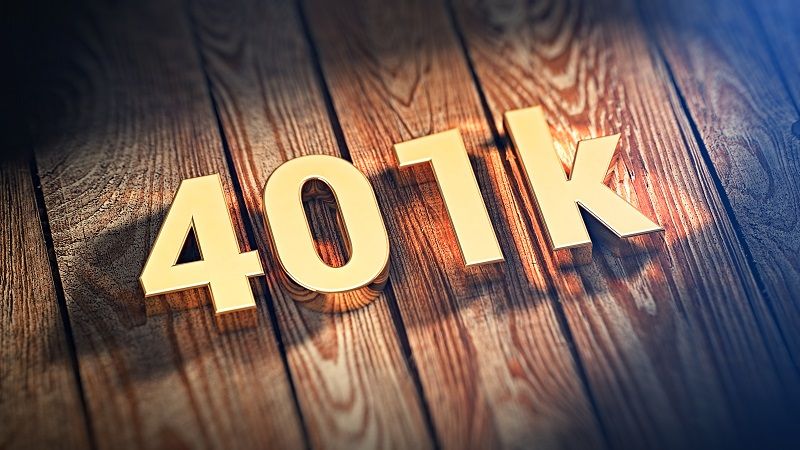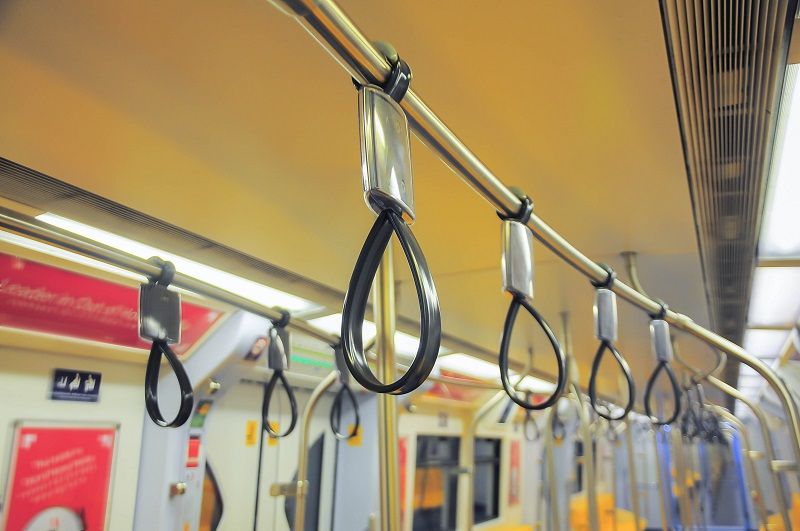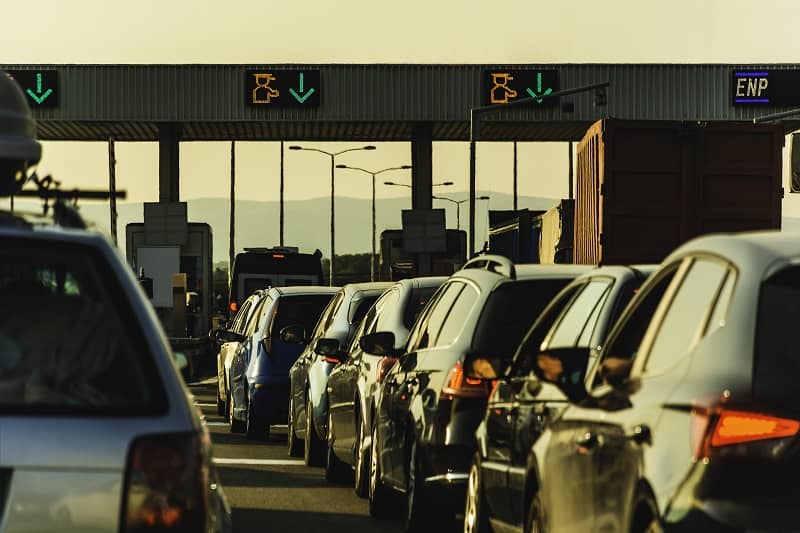By John A. Charles, Jr.
In the waning days of the 2015 legislative session, a much publicized group of eight legislators conducted extensive negotiations with the Governor’s office over a “transportation package” that would have raised fuel taxes, created a new transit tax, repealed most of the “low-carbon fuels standard” enacted earlier in the session, and paid for various highway improvement projects. That package failed, leaving many observers with the impression that Oregon is “underinvesting” in transportation.
But not every mode suffered. For the few riders of ODOT’s Portland-Eugene passenger rail line, the bank vault was open. The legislature approved $18 million in subsidies for the 2015-17 biennium, including $10.4 million in scarce General Fund dollars.
While this may not sound like a lot in the big picture, it’s quite generous given the minimal use of this line. For the most recent year, the line generated a mere $180,000 in passenger fares, but racked up operating expenses of $7,875,409. This worked out to an operating subsidy of $65.70/ride.
However, the reality is actually much worse. Upon vigorous questioning by Ways and Means Subcommittee Co-Chair Betsy Johnson, ODOT admitted that the “all-in” subsidy was closer to $120/ride.
Was this embarrassing to rail advocates? Hardly. When the multi-billion ODOT budget was up for its single public hearing, there were 21 witnesses who testified—and 20 of them spoke for the sole purpose of defending the rail subsidy. This author was the only witness to suggest euthanizing passenger rail.
The problem is that two decades ago, Amtrak began off-loading most short-line runs to states. ODOT and its legislative overseers foolishly agreed to accept this responsibility, and taxpayers have spent more than $300 million since 1994 propping up the line. Bureaucrats and single-issue advocates know that once you let the “camel’s nose under the tent,” the rest of the camel will soon follow—and then it will be too late to cut the program.
So even though the ODOT rail administrator was the subject of withering criticism by various members of the Ways and Means subcommittee during budget hearing, in the end he was still standing—and walking away with the full appropriation.
Coincidentally, as the ODOT budget was being considered, the Washington, D.C.-based Brookings Institution released a new paper showing the extent of passenger rail operating subsidies across the nation. In every case, transit districts lost money last year, but the losses were relatively modest on a per-boarding basis. The biggest loser, the Hampton Roads Transit system of Virginia, had subsidies of $6.63 per ride.
For whatever reason, Brookings ignored the Portland-Eugene line, as well as the TriMet commuter rail line running from Beaverton to Wilsonville, which has operating subsidies of roughly $12/ride. Cascade Policy Institute took the Brookings data and created a new chart showing that Oregon was at the top of the leaderboard in the category of “most wasteful transit lines,” and shared this with various legislators. Predictably, it had no effect.
Oregon surface transportation infrastructure continues to deteriorate; but for the privileged few who take the rail line from Eugene to Portland, life is good.
John A. Charles, Jr. is President and CEO of Cascade Policy Institute, Oregon’s free market public policy research organization. This article originally appeared in the August 2015 edition of the newsletter, “Oregon Transformation: Ideas for Growth and Change.”











